What Killed Off the Manual Transmission?
With the arrival of the 2019 Ram Heavy-Duty came the death of the manual transmission option in North American diesel pickups. To be fair, the writing was on the wall for years with Ford having dropped out of the game in ’11 and GM doing the same five years prior. But why have all of the big dogs now pulled anchor on what has traditionally been the backbone of the American work truck? To the Big Three, the answer is easy. It’s all about customer demand, and by customer demand they mean sales. Once Ram’s manual transmission sales bottomed out, it was likely no longer justifiable to offer the option. Sad but true.
But what gradually drove the masses away from manual transmissions in a truck segment where hard work is the name of the game? Was it an unwillingness to put in the legwork of shifting our own gears that killed off the manual, the lower power rating that often accompanied the standard shift option or are today’s automatic transmissions just that good? We think it’s a combination of all of the above. Below, we’ll highlight the technological advancements that made automatic transmissions more durable, functional and efficient, and that also sent the hand-shaker to the graveyard.
Powertrain Matching
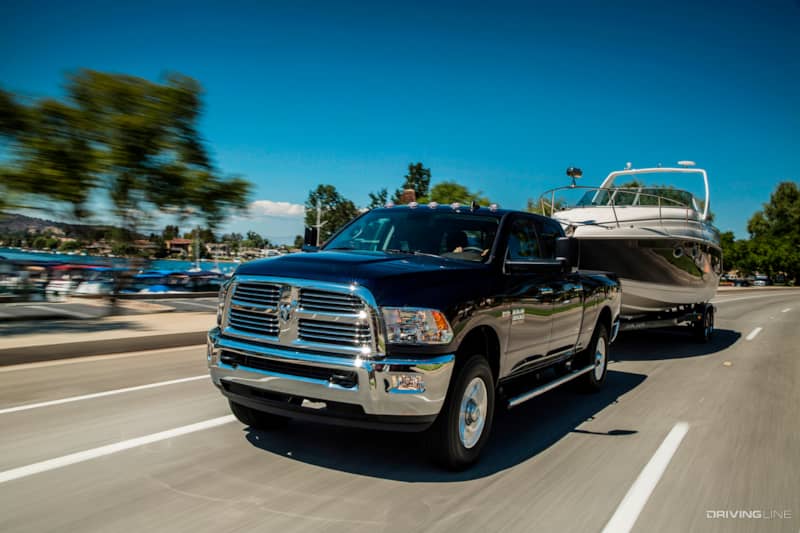
An important OEM term to understand is powertrain matching. Each vehicle manufacturer spends an inordinate yet necessary amount of time making sure the engine and transmission work in perfect harmony with one another. However, as the bottom line of any automaker is profit, no manufacturer is going to allocate time, resources and money into a dying product. With so much advancement occurring in diesel-specific automatic transmissions throughout the past two decades, the manual transmission became a rare sale for a dealership, and as such was gradually worked out of many OEM powertrain matching programs. Even before the Big Three killed their respective manual transmission option, they’d long given up on sinking much R&D into them.
GM
Allison 1000
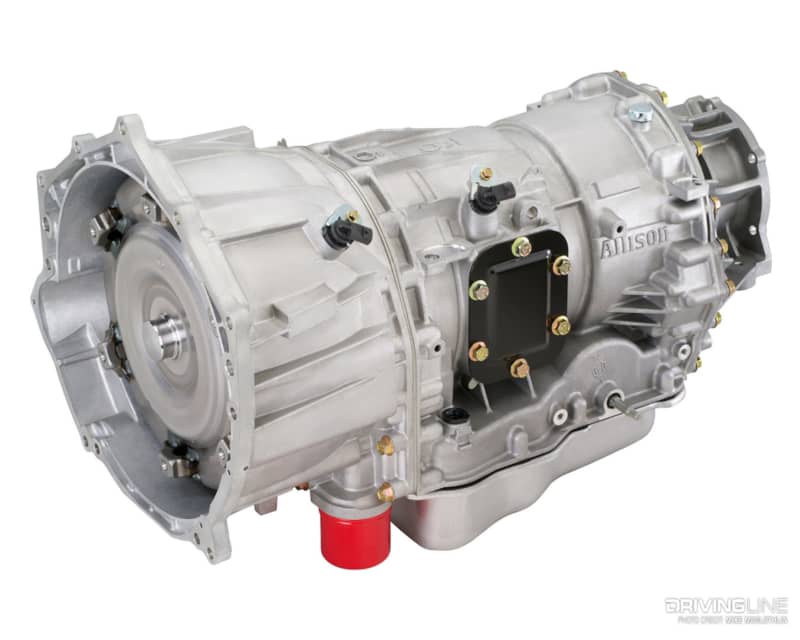
The best example of a manual transmission killer can be seen in the Allison 1000. Known for building world-class medium and heavy-duty automatic transmissions for RVs, dump trucks, Class 8 trucks and everything in between, getting the Allison name onboard offered GM a big leg up on the competition when it debuted behind the all-new 6.6L Duramax in 2001. A five-speed from ’01-’05, the Allison gained double overdrive in ’06 and the six-speed version would survive through the ’19 model year, with considerable upgrades in strength occurring each time the Duramax received an uprate in power. For 2020 GM HDs, the Allison bolted to the L5P Duramax will offer 10 forward gears.
Adaptive Learning
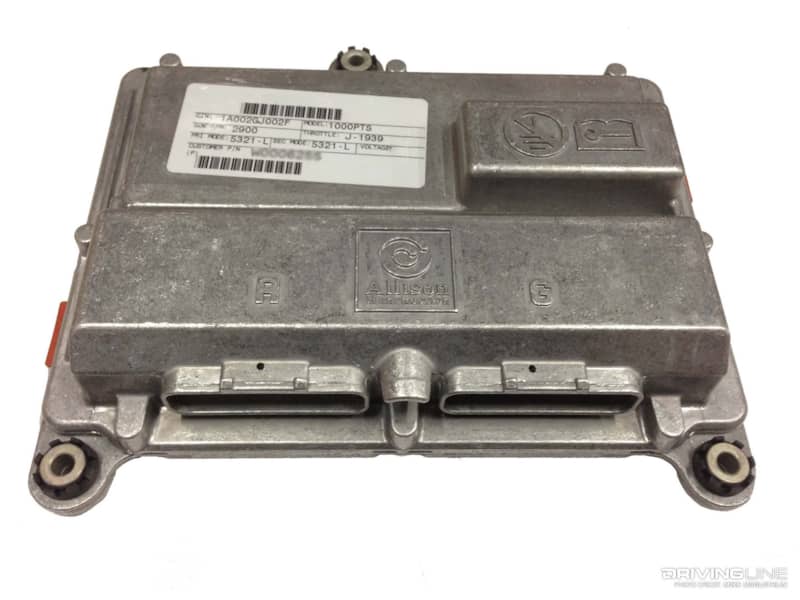
One of the biggest selling points behind the Allison is its being completely electronically controlled. There are no pressure regulators or spring-controlled pistons, but instead a computer (the transmission control module, or TCM) that is constantly adapting to your driving style in order to provide the cleanest, smoothest possible shift for optimum comfort and drivability. Throughout the life of the Allison transmission, the TCM will even adjust its shift strategy based on clutch wear in order to maximize the overall efficiency of the transmission.
The Seldom-Optioned ZF-6
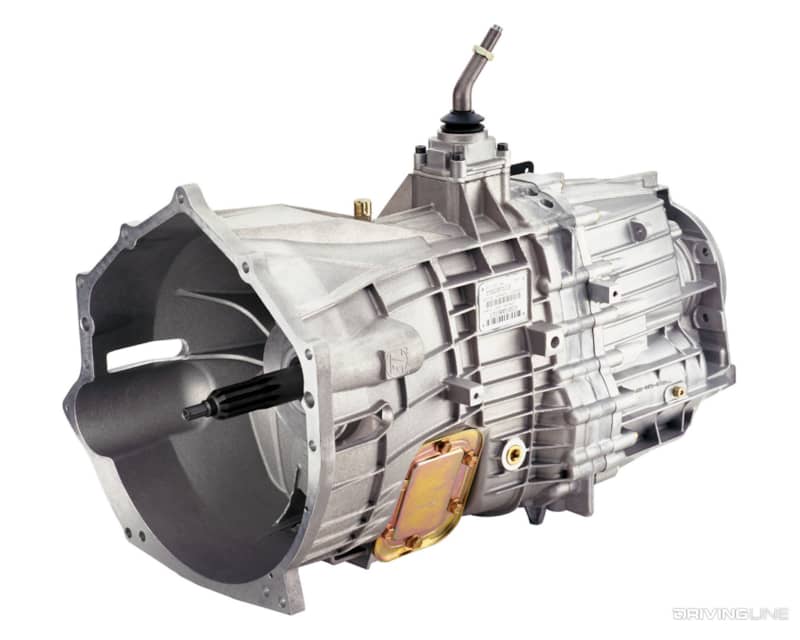
While the ZF S6-650 (often referred to simply as the ZF-6) six-speed manual manufactured by ZF Friedrichshafen AG was available from ’01-’06, it’s rare to find a Chevrolet Silverado or GMC Sierra HD with one. The Allison name proved quite enticing for most prospective HD buyers. By the ’07 model year, GM canceled the ZF-6, the first of the Big Three to kill the manual transmission option. As expected, it did very little to deter anyone from buying one of General Motors’ HD trucks.
Ford
5R110 TorqShift
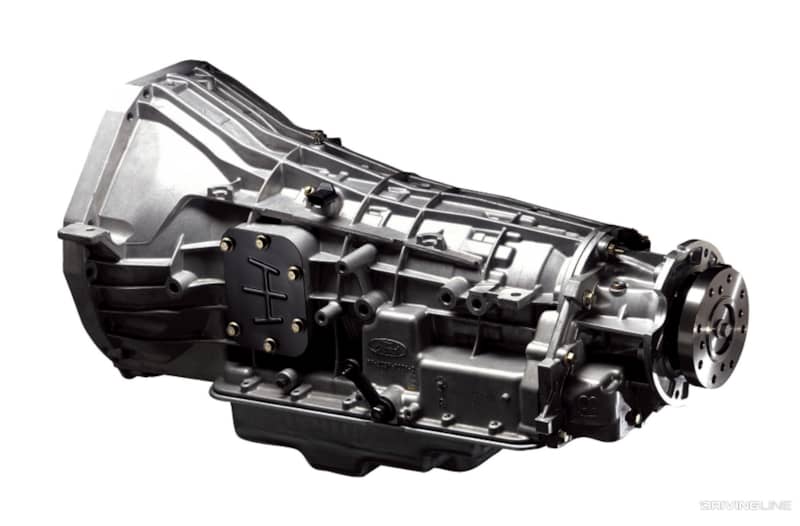
Though the take-rate on the 4R100 automatic was more common than the ZF-6 manual on Ford’s ’99-’03 Super Dutys, it’s reasonable to assume the automatic-to-manual sales gap began to widen with the release of the 5R110W TorqShift (5R110 for short). Like the Allison 1000, the 5R110 was completely electronically controlled, featured its own version of adaptive shift technology and integrated a Tow/Haul function that was well matched to the engine (the 6.0L Power Stroke at the time).
The Carry-Over ZF-6 vs. the Highly Refined Automatic
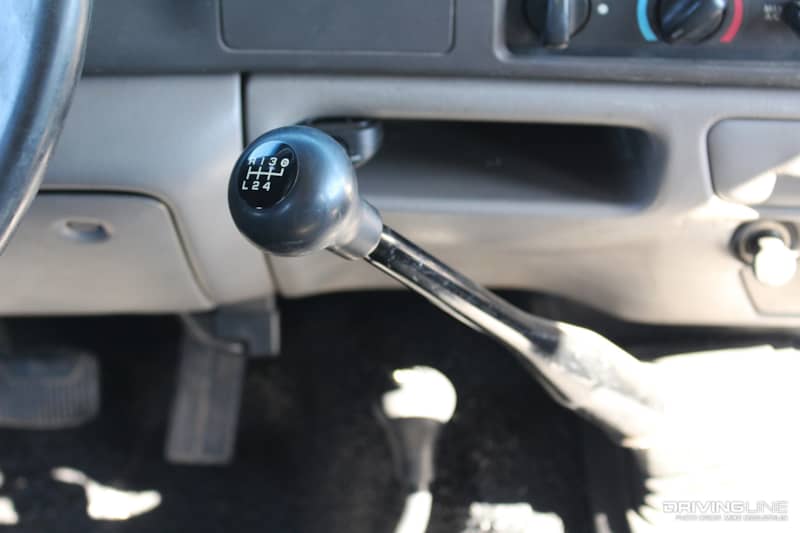
If it were possible to drive a TorqShift-equipped 6.0L Power Stroke and a ZF-6 version back-to-back, most folks would fight for the keys to the truck with the automatic. Not only was the ZF-6 carried over from the 7.3L Power Stroke, but the 6.0L’s lack of low-end grunt meant owners frequently had to start out in the ZF’s ultra-low 5.79:1 first gear with any load behind them. By comparison, the powertrain matching Ford sunk into the 6.0L/TorqShift combination was night and day different, with drivability concerns being almost non-existent.
Forfeiting 25hp & 50 lb-ft With the Manual
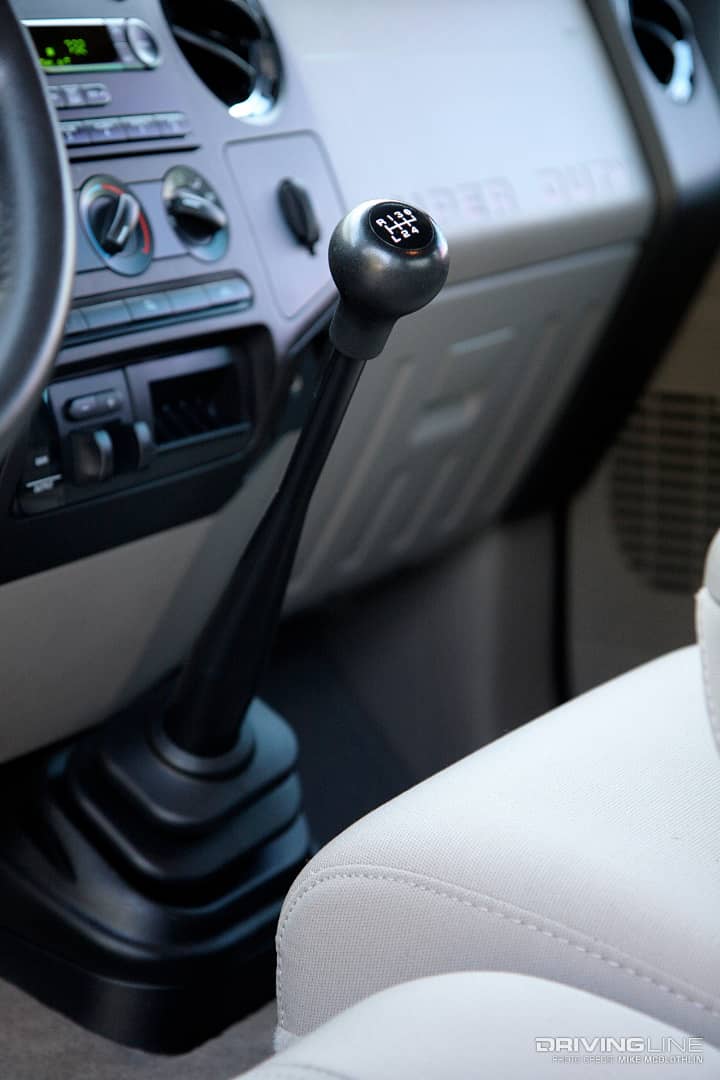
While the same horsepower and torque rating was available from the 6.0L Power Stroke whether an automatic or manual was selected (325hp and 570 lb-ft), that wasn’t the case when the 6.4L came onto the scene in ’08. Nearing the ZF-6 gearbox’s maximum input torque capacity—and an unwillingness to develop its own or outsource a different manual transmission—the 6.4L Power Stroke in front of the ZF-6 turned out 325hp and 600 lb-ft vs. the automatic model's (the 5R110) 350hp and 650 lb-ft numbers.
2011: Hello 6R140 TorqShift, Goodbye ZF-6
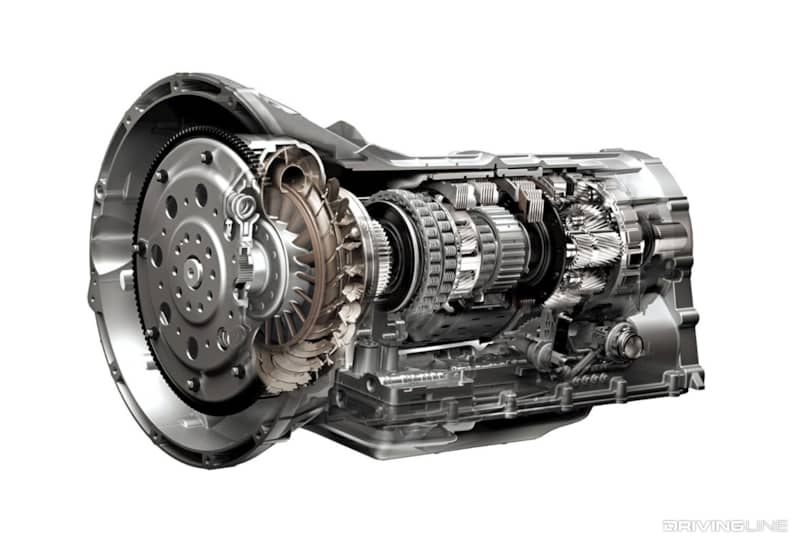
If the 5R110 didn’t send the ZF-6 packing, the 6R140 version certainly would’ve if both had been offered at the same time. Even tougher than the 5R proved to be, the 6R140 featured a beefy 1.18-inch diameter input shaft, a 12.6-inch diameter two-disc torque converter and was admittedly built with the Allison 1000 as its benchmark. But even better than the Allison, the 6R140 had a true manual shift mode and an earlier lockup event that facilitated better fuel economy and maximized rear-wheel horsepower and torque right off idle. With the 6R140 even being offered in trucks as big as Ford’s F-750s, we’d say the six-speed TorqShift has been a success.
Ram
6.7L Cummins: Less Grunt With the G56 Manual
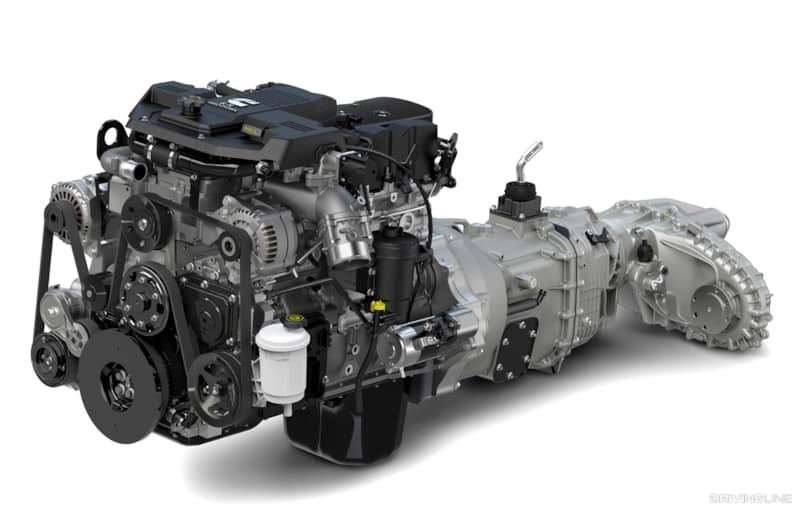
Since the 2011 model year, owning a heavy-duty pickup with a manual transmission was exclusive to the Ram Truck brand. However, unlike the days of old where the manual transmission afforded you access to the higher horsepower and torque version of the 5.9L Cummins, advancements in automatic transmission technology brought the slushbox onto an even playing field from 2003-2007. Then, beginning with the release of the 68RFE six-speed automatic in ’07.5, the auto became the version to have if you wanted the more powerful version of the 6.7L Cummins. By 2018, only one percent of all 2500 series and one percent of all 3500 model trucks were ordered with the Mercedes Benz-supplied G56 six-speed manual gearbox (pictured above). With a one percent take-rate, it was only a matter of time before Ram put the kibosh on the manual option.
Very Little Love
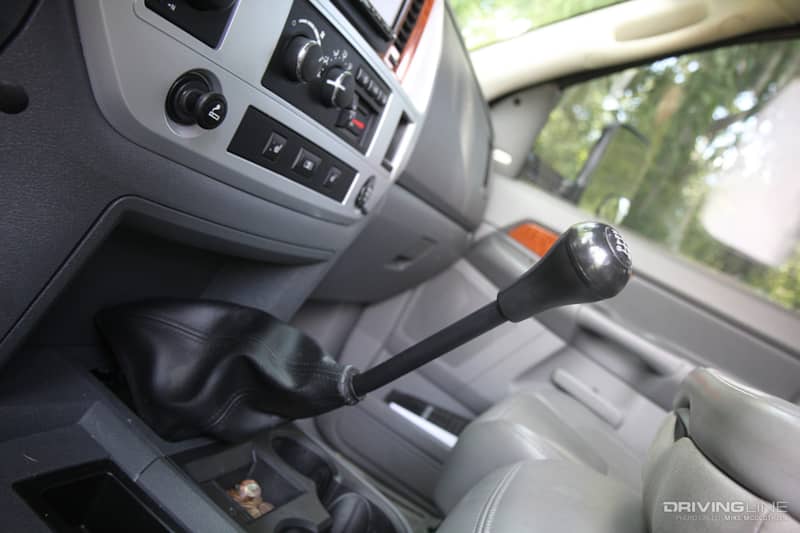
With the G56 having so few takers, it stands to reason that Ram poured very little resources into it, even though the Cummins would see six increases in torque output during its tenure. As a result, the G56 went almost completely unchanged from ’05.5 to ’18 and was rated for a lower torque input than the automatic option from 2007.5 on. The G56 did come with a 660 lb-ft rating beginning in 2013 (up from 610 lb-ft), but at the same time the 68RFE auto was rated for 800 lb-ft and the heavy-duty Aisin AS69RC auto for 850 lb-ft.
68RFE
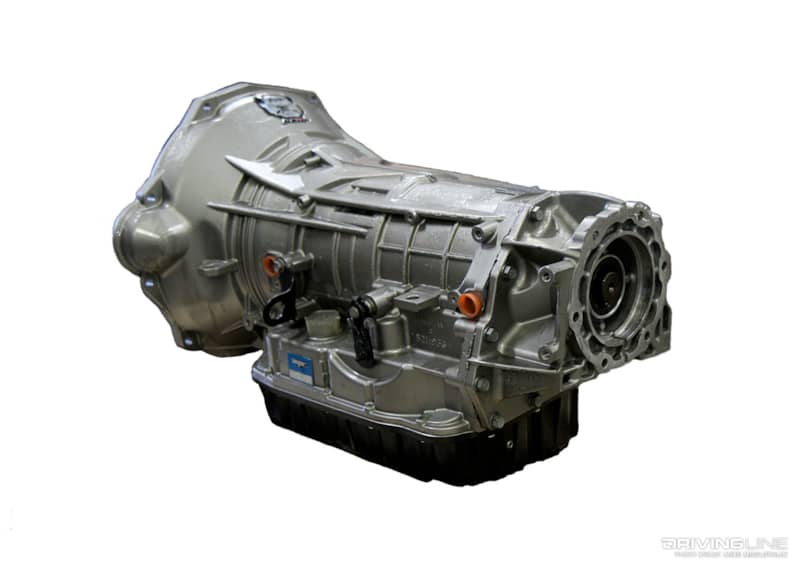
While it’s no Allison 1000 or TorqShift, Chrysler’s 68RFE automatic is a modern marvel compared to the transmissions that were pitted behind the Cummins in previous years. Unlike those four (and three) speeds, the 68RFE features six forward gears, no bands and is completely electronically controlled. It offers real-time, adaptive shift and pressure control for seamless operation and its converter lockup and shifting strategy helps protect the transmission in cases of high temperature. The 68RFE also debuted alongside the 650 lb-ft version of the 6.7L Cummins midway through Dodge’s ’07 model year. The G56 version was rated for the lower 610 lb-ft engine.
Aisin AS69RC
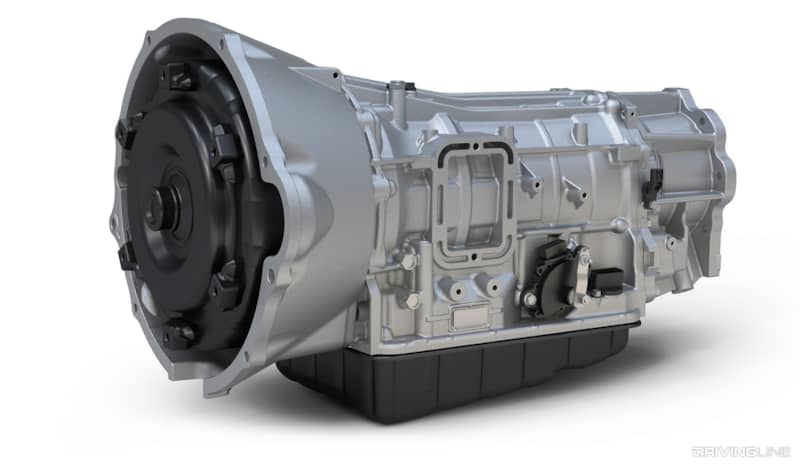
Beginning with a new engine calibration for the 6.7L Cummins in 2011, which belted out 800 lb-ft in conjunction with the 68RFE automatic, the G56 would be left even further behind. After the release of the commercial-grade Aisin AS69RC automatic in 2013 (pictured above), the same transmission that is currently tasked with harnessing the ’19 6.7L Cummins’ 1,000 lb-ft, Ram customers still wanting to shift their own gears had to settle for 190 lb-ft less (660 lb-ft vs. 850 lb-ft). That gap would widen even more in ’15, ’16 and ’18 when further torque increases were made for automatic models but not for G56-spec’d trucks.
More From Driving Line
- Curious how much power the legendary Allison transmission can take? Check out our Boiling Point series here!







